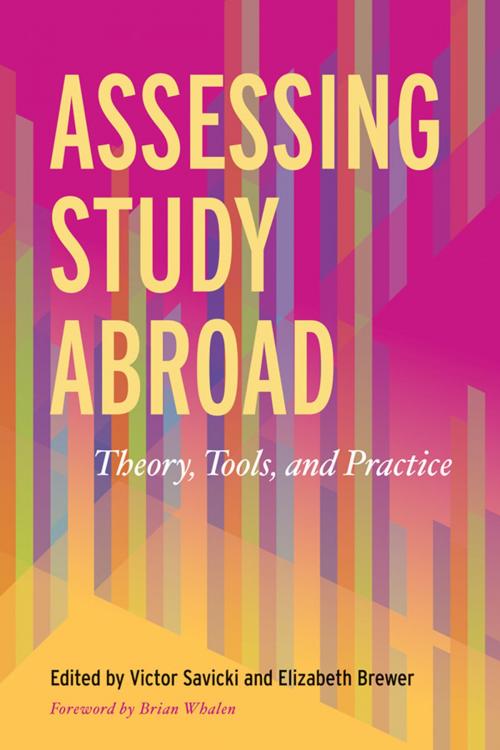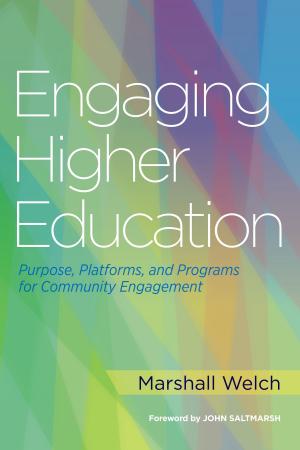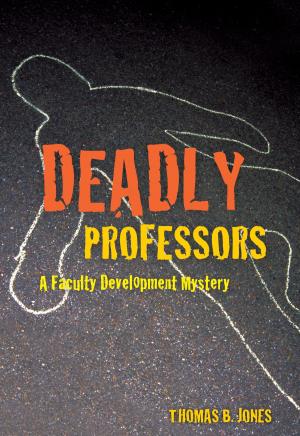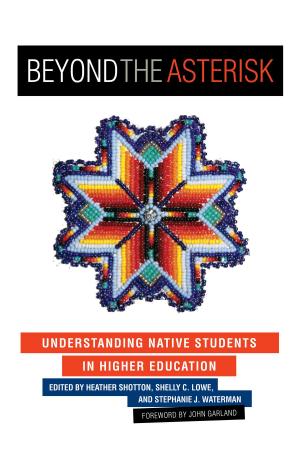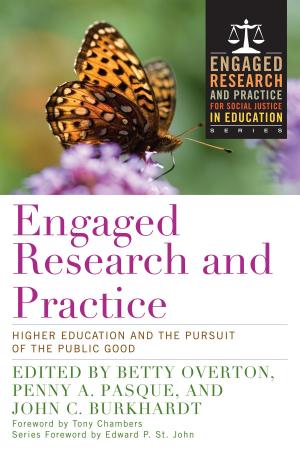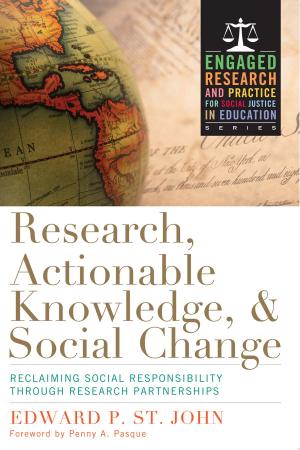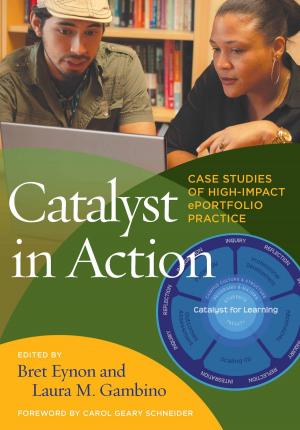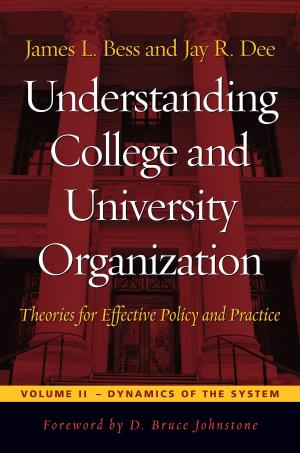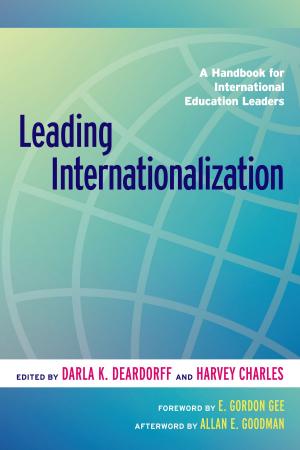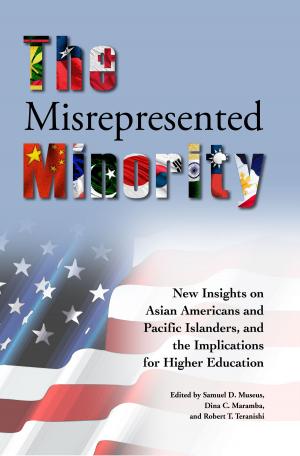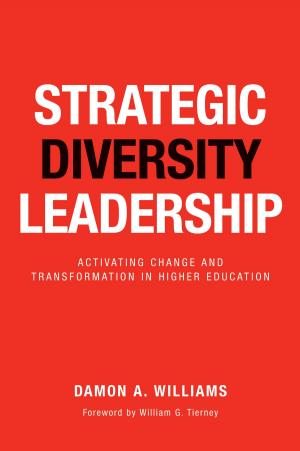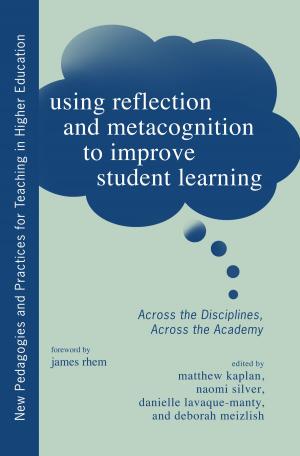Assessing Study Abroad
Theory, Tools and Practice
Nonfiction, Reference & Language, Education & Teaching, Higher Education| Author: | ISBN: | 9781620362167 | |
| Publisher: | Stylus Publishing | Publication: | October 31, 2015 |
| Imprint: | Stylus Publishing | Language: | English |
| Author: | |
| ISBN: | 9781620362167 |
| Publisher: | Stylus Publishing |
| Publication: | October 31, 2015 |
| Imprint: | Stylus Publishing |
| Language: | English |
This guide book is intended for advisors, administrators, and faculty members engaged with study abroad who are concerned with answering the question: what does study abroad achieve?
Following an account of how, and why, assessment in the field has evolved, the first part of the book sets the stage for the reader to consider the role of mission and context in determining purpose, goals and outcomes and how to act upon them. The second part of the book offers an overview of appropriate tools and strategies for assessing study abroad, and concludes by outlining the process of putting a plan into action. The book includes ten case studies that illustrate various approaches to planning, experimentation, representing a wide variety of institutional and organizational types and demonstrate how each selected methods suited to their capacities and cultures.
Following an account of how, and why, assessment in the field has evolved, the first part of the book sets the stage for the reader to consider the role of mission and context in determining purpose, goals and outcomes and how to act upon them. The second part of the book offers an overview of appropriate tools and strategies for assessing study abroad, and concludes by outlining the process of putting a plan into action. The book includes ten case studies that illustrate various approaches to planning, experimentation, representing a wide variety of institutional and organizational types and demonstrate how each selected methods suited to their capacities and cultures.
This guide book is intended for advisors, administrators, and faculty members engaged with study abroad who are concerned with answering the question: what does study abroad achieve?
Following an account of how, and why, assessment in the field has evolved, the first part of the book sets the stage for the reader to consider the role of mission and context in determining purpose, goals and outcomes and how to act upon them. The second part of the book offers an overview of appropriate tools and strategies for assessing study abroad, and concludes by outlining the process of putting a plan into action. The book includes ten case studies that illustrate various approaches to planning, experimentation, representing a wide variety of institutional and organizational types and demonstrate how each selected methods suited to their capacities and cultures.
Following an account of how, and why, assessment in the field has evolved, the first part of the book sets the stage for the reader to consider the role of mission and context in determining purpose, goals and outcomes and how to act upon them. The second part of the book offers an overview of appropriate tools and strategies for assessing study abroad, and concludes by outlining the process of putting a plan into action. The book includes ten case studies that illustrate various approaches to planning, experimentation, representing a wide variety of institutional and organizational types and demonstrate how each selected methods suited to their capacities and cultures.
